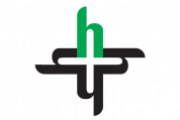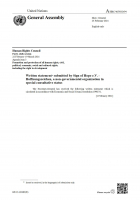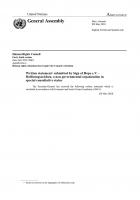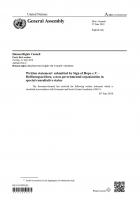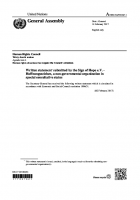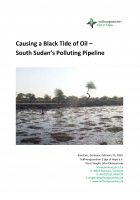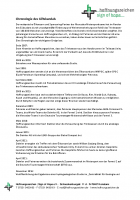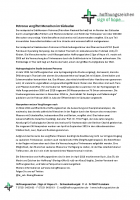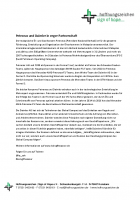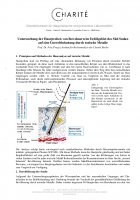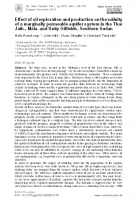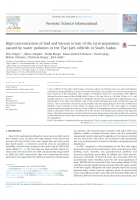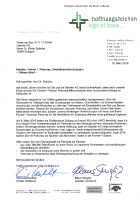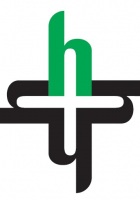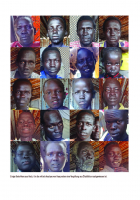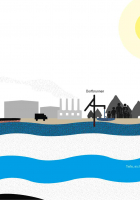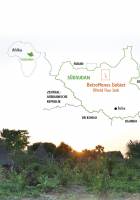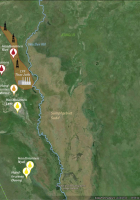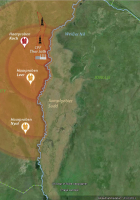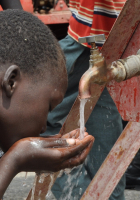Downloads
Scientific article published in the Business and Human Rights Journal (2023)
Written statement 2021
Written statement 2020
Written statement 2019
Written statement 2017
Report on environmental pollution from pipeline ruptures in South Sudan
Factsheet: Chronology of the poison scandal
Factsheet: Petronas poisons people in South Sudan
Factsheet: Petronas and Daimler AG in close partnership
Examination of hair samples from residents in the petroleum area of South Sudan
Scientific article published in the Central Journal of Geology and Paleontology (2014)
Hair sample analysis study
Open letter to Daimler AG
Press conference on 18.05.2017: Pictures of speakers
People affected by drinking water pollution
Infographic "Drinking water pollution in South Sudan"
Drinking water contamination South Sudan: Affected area
Drinking water contamination South Sudan: Water sampling results
Drinking water contamination South Sudan: Results of hair analyses
Drinking water pollution South Sudan: Photo selection


 Donate now
Donate now